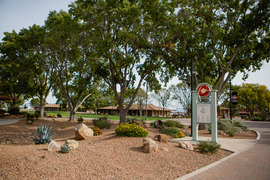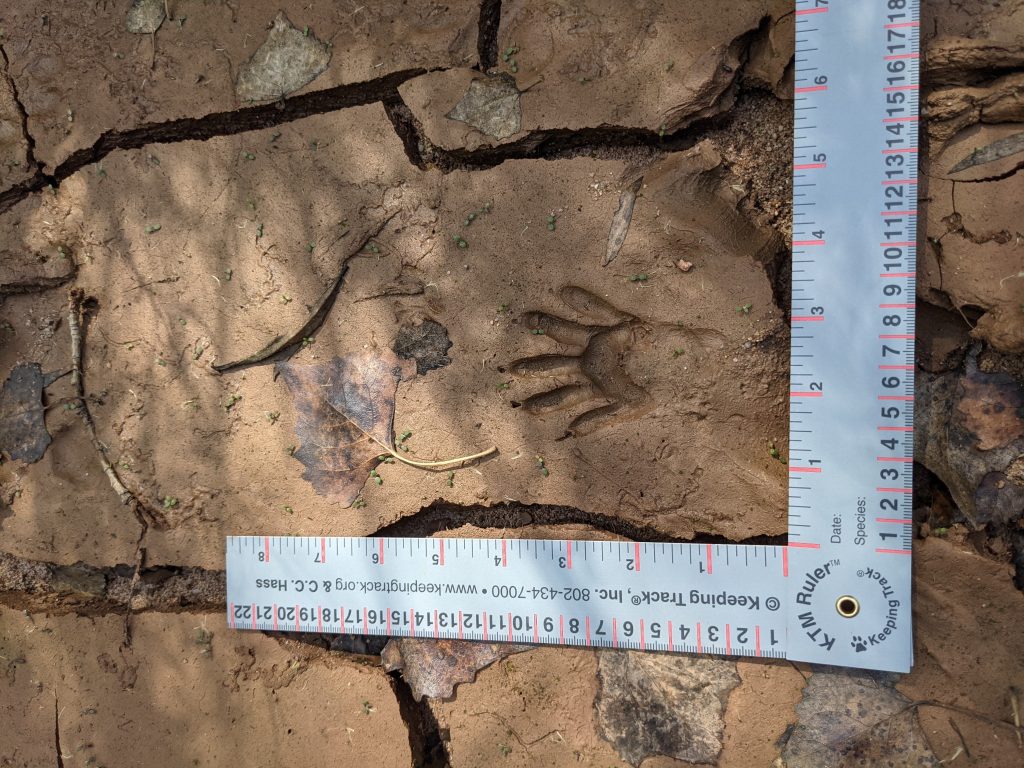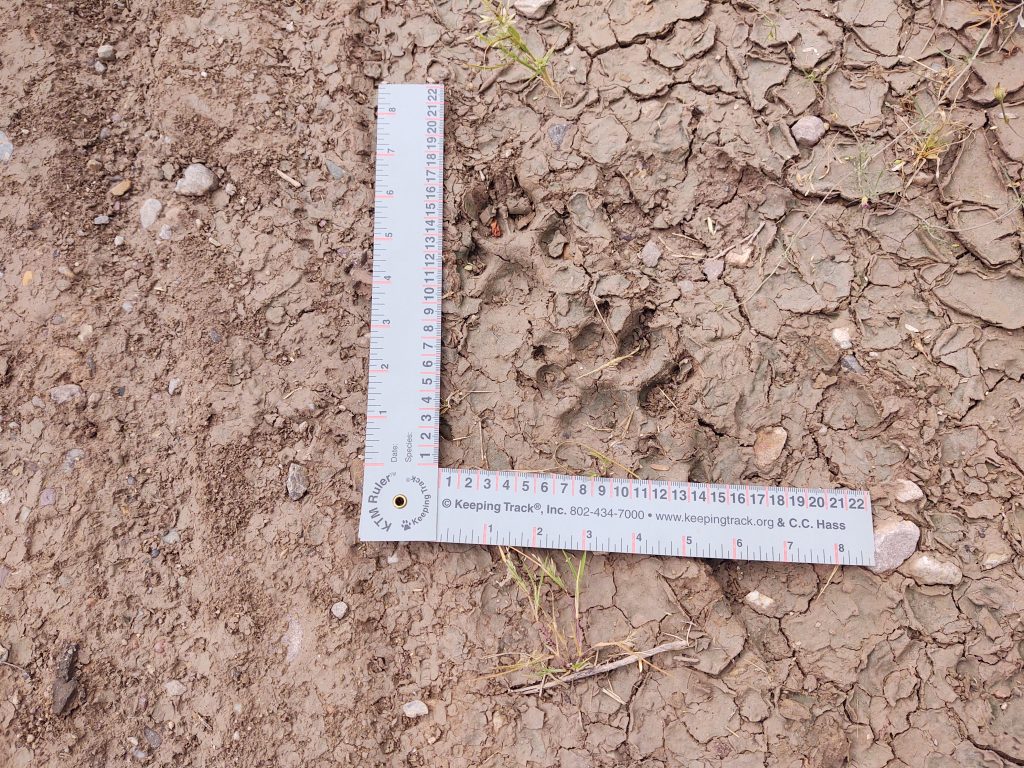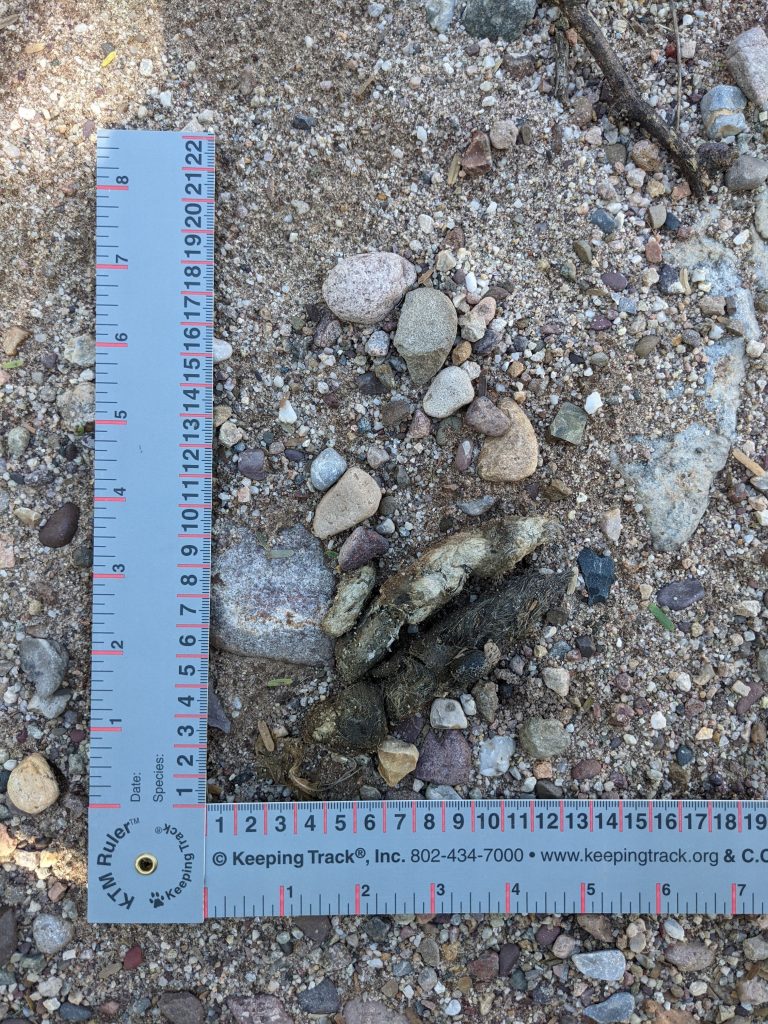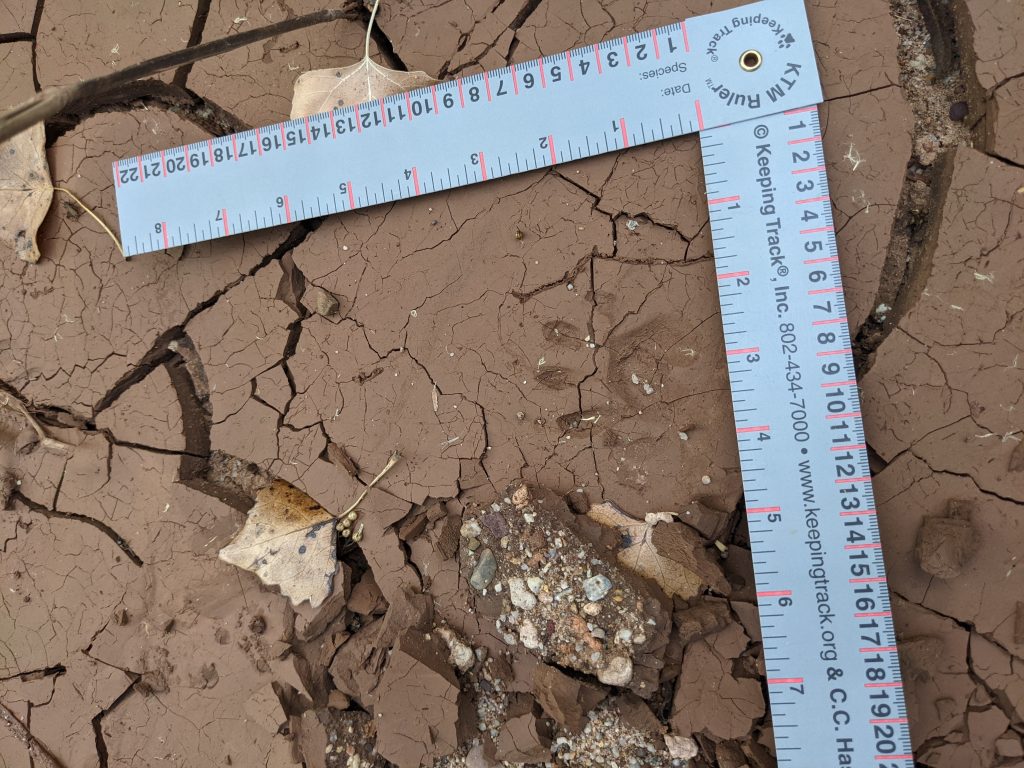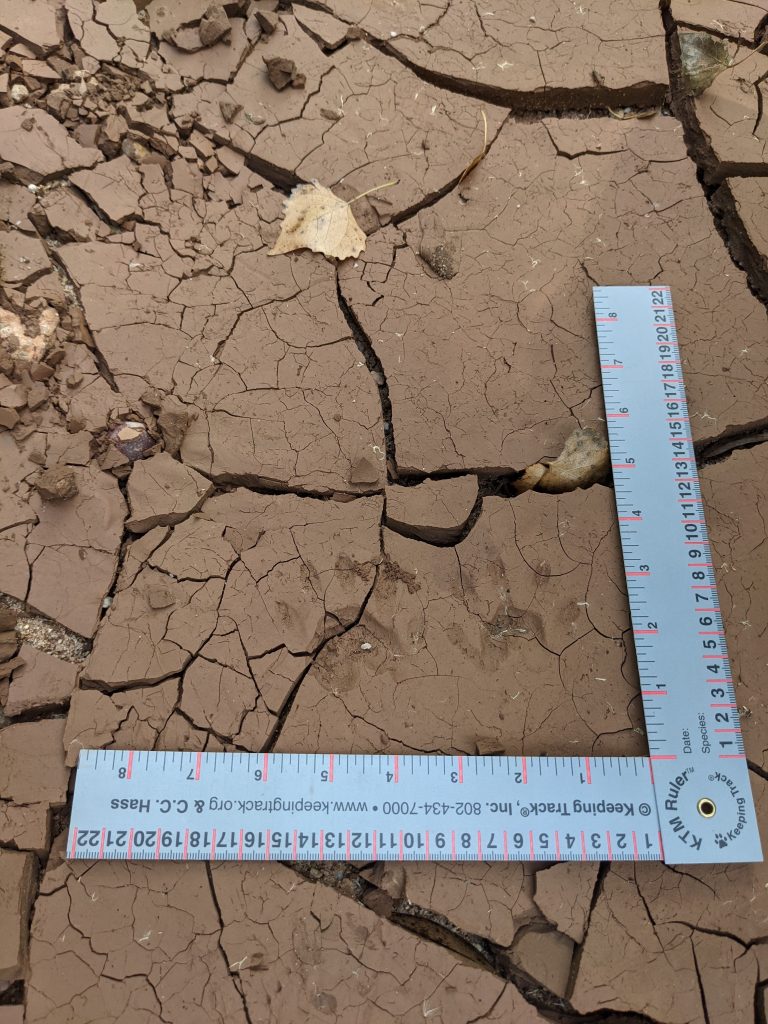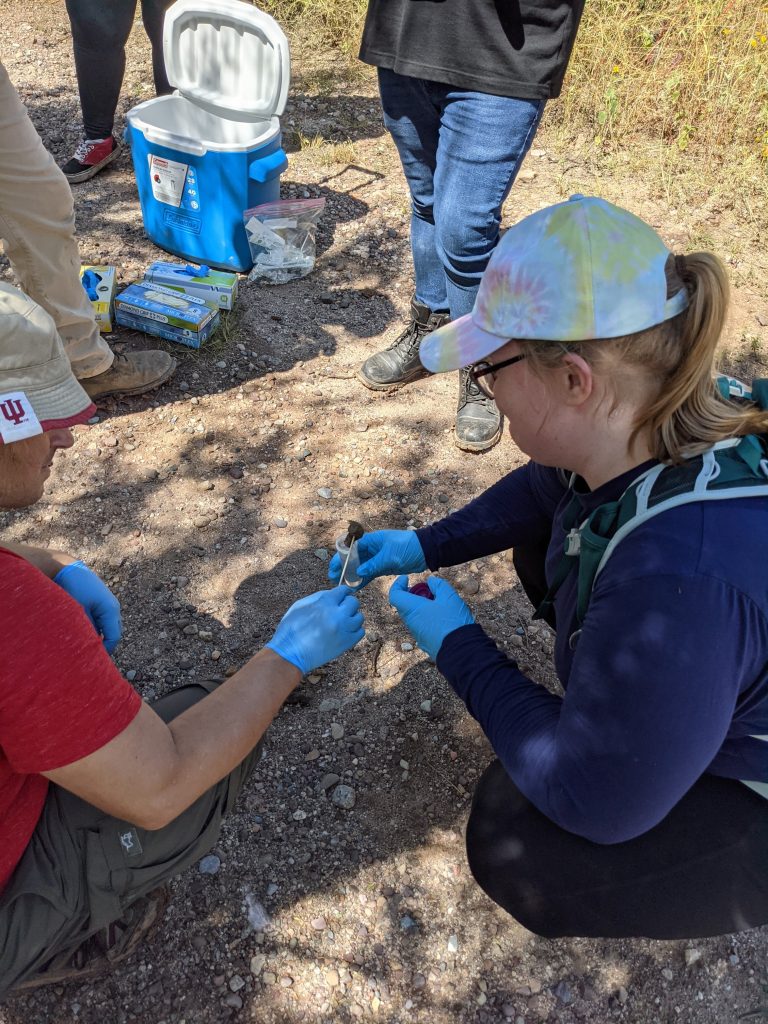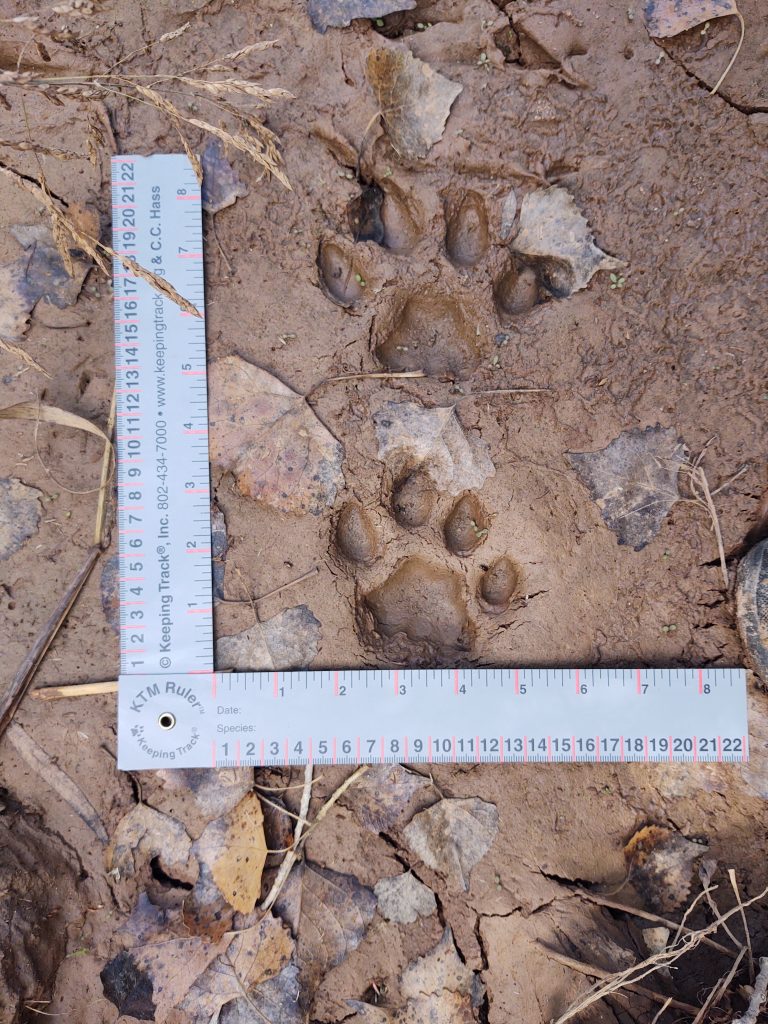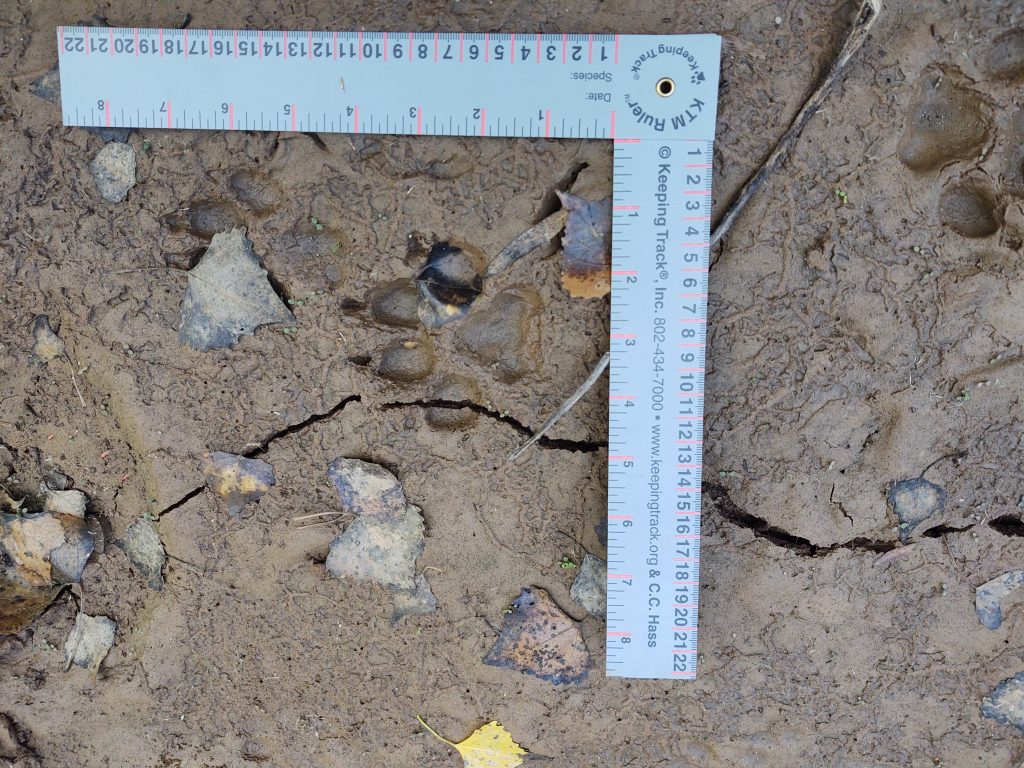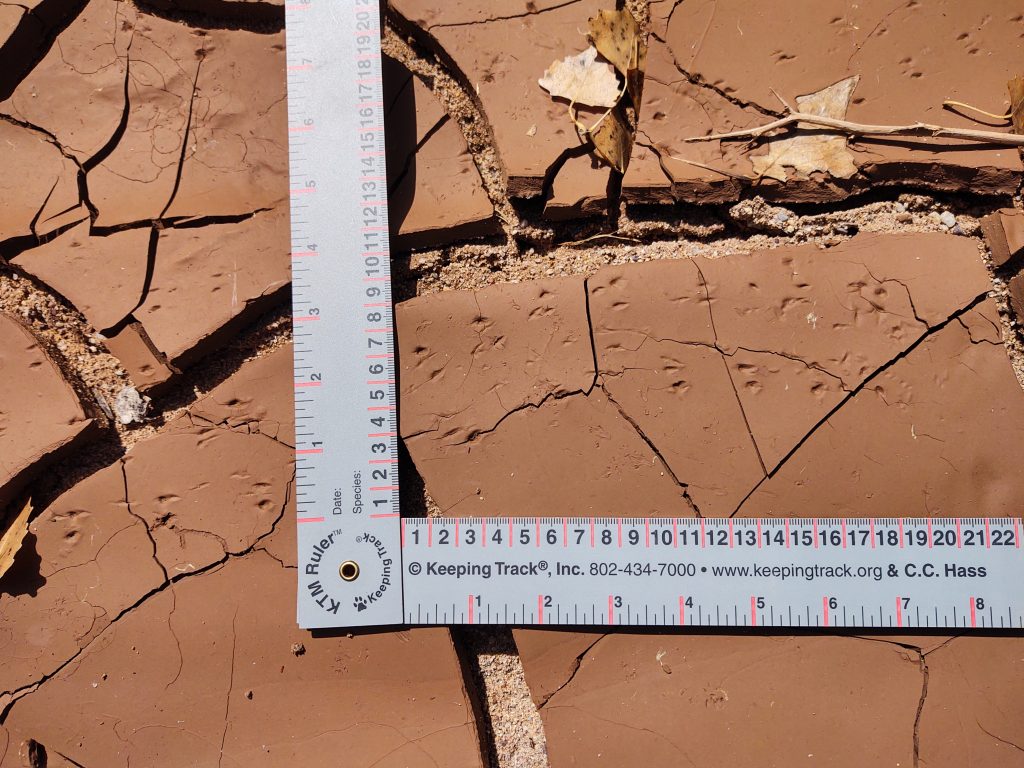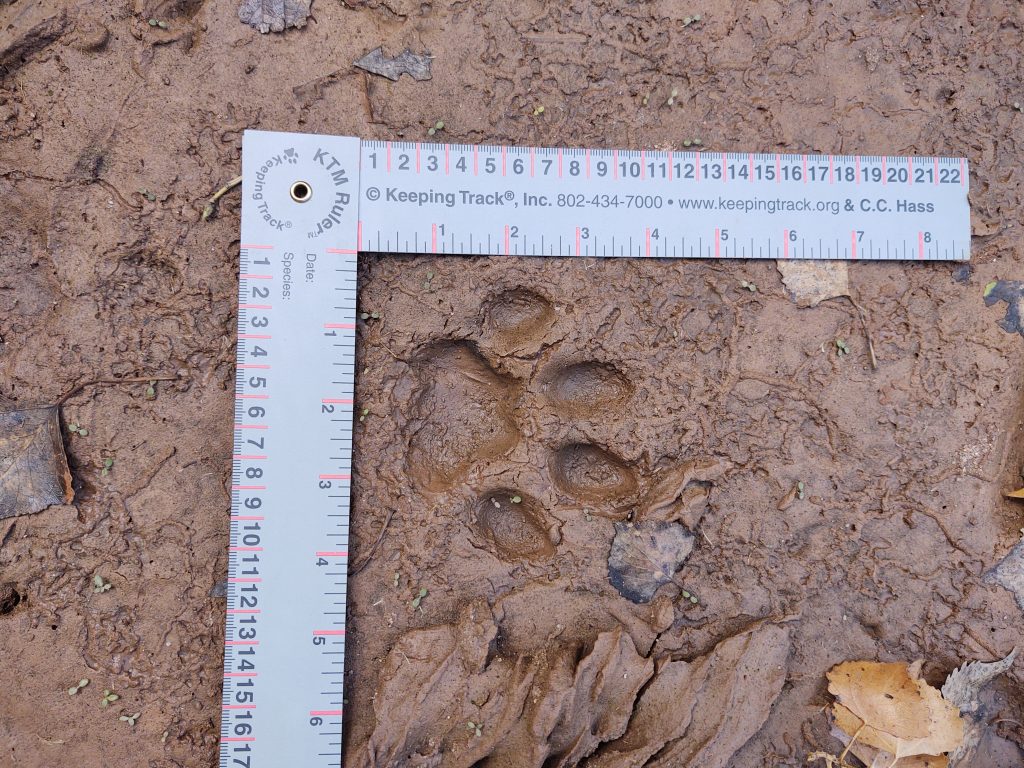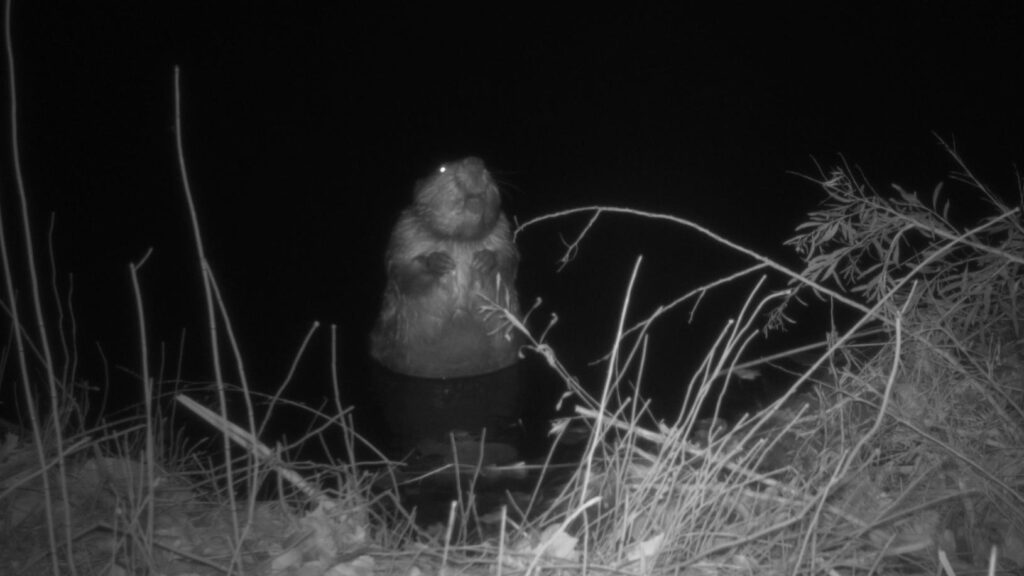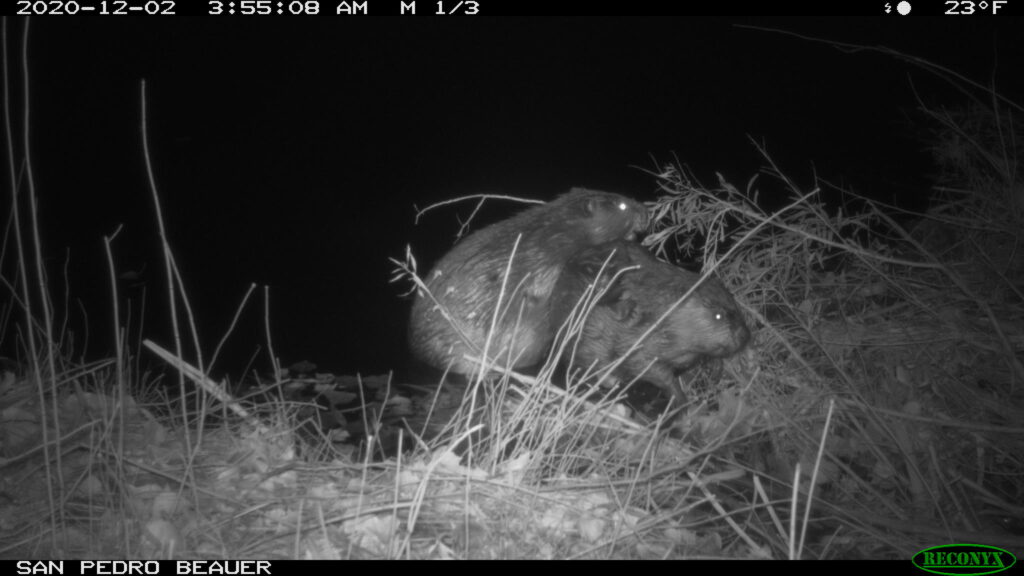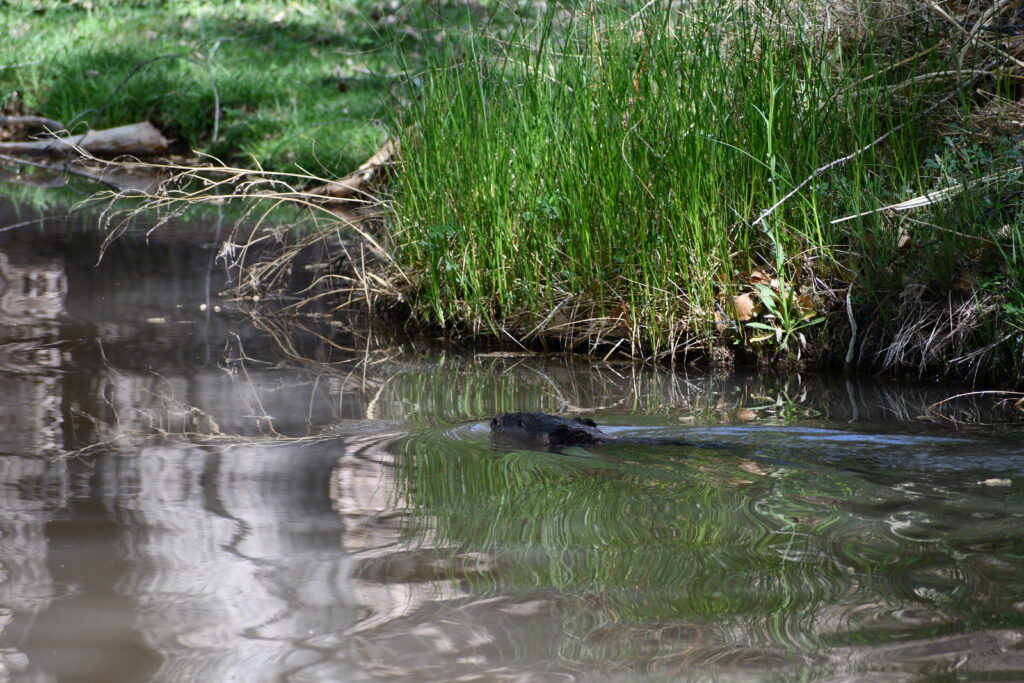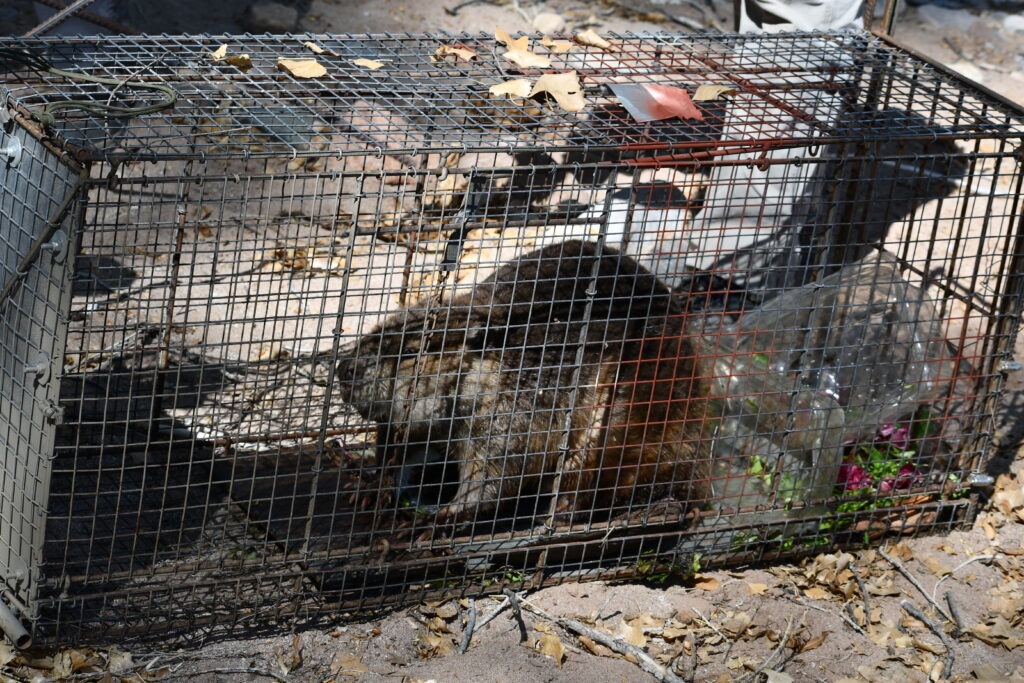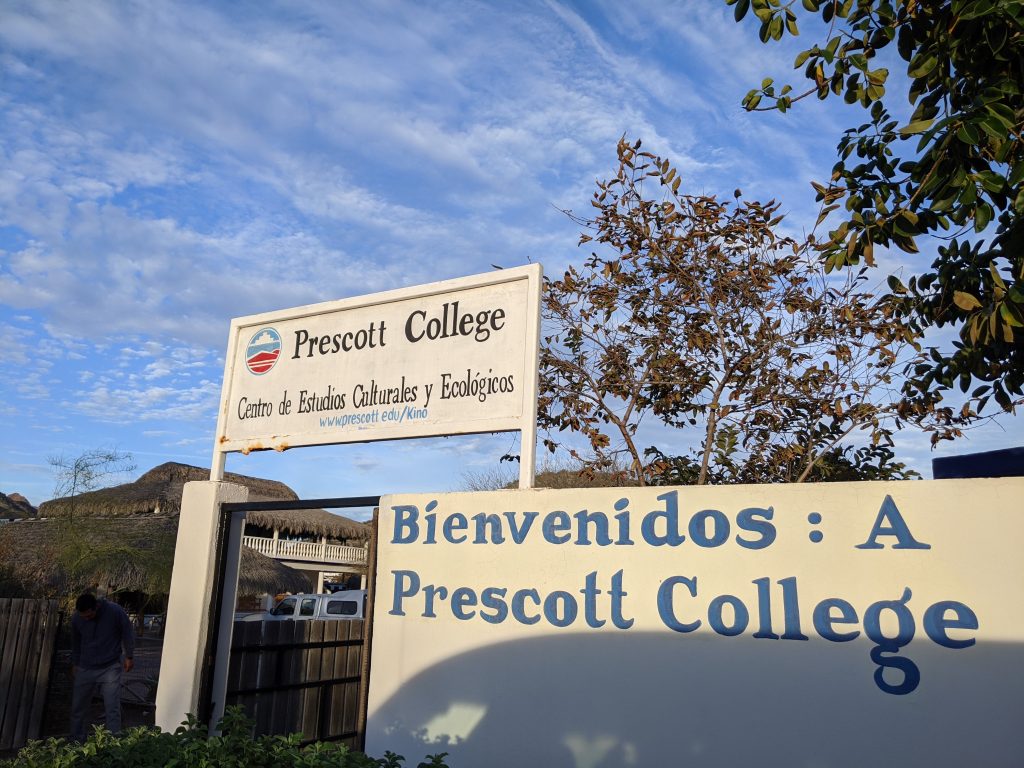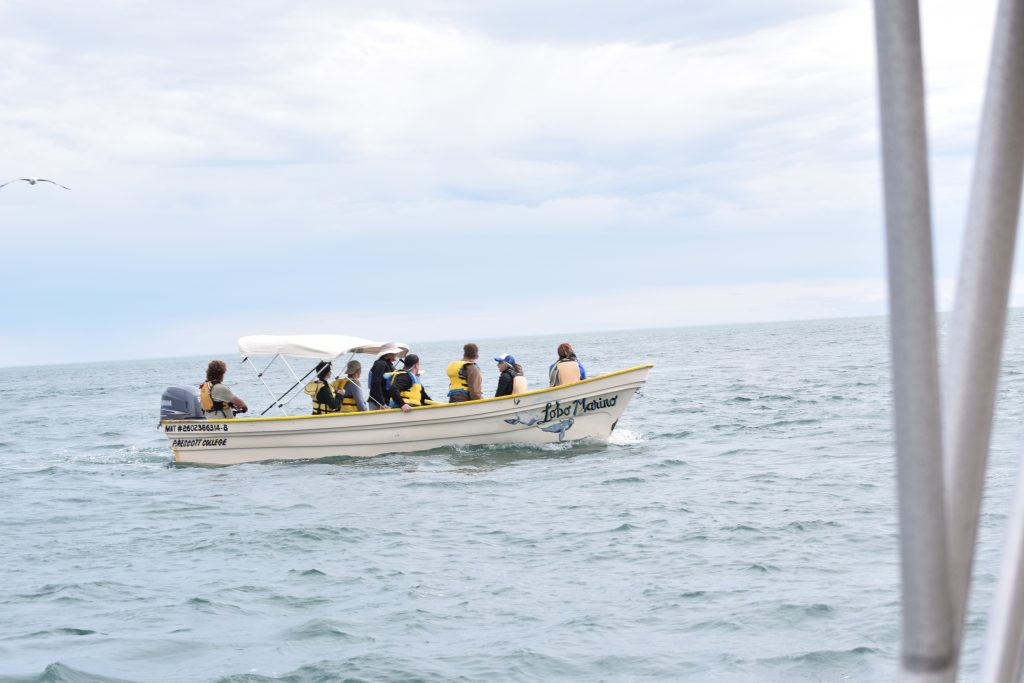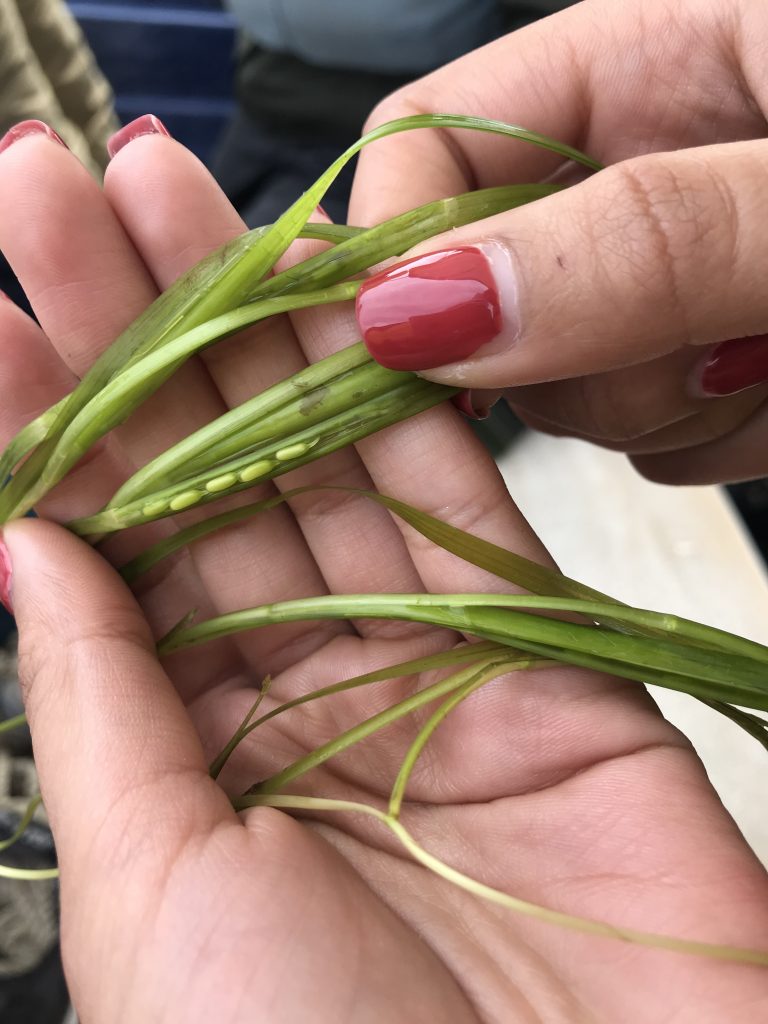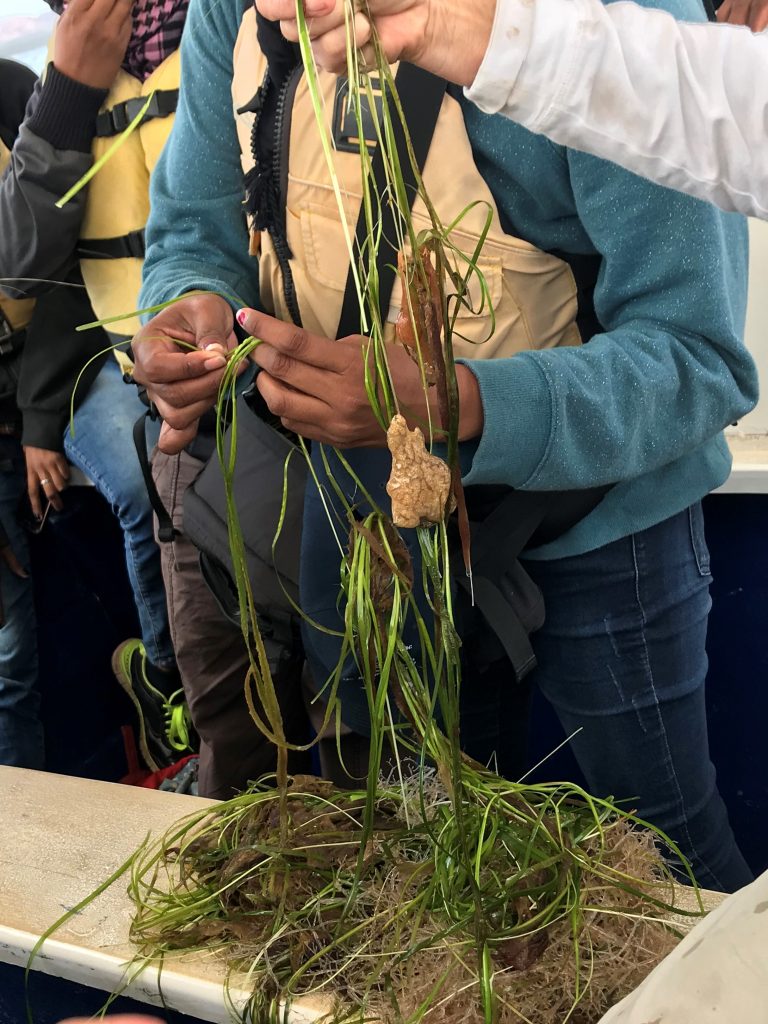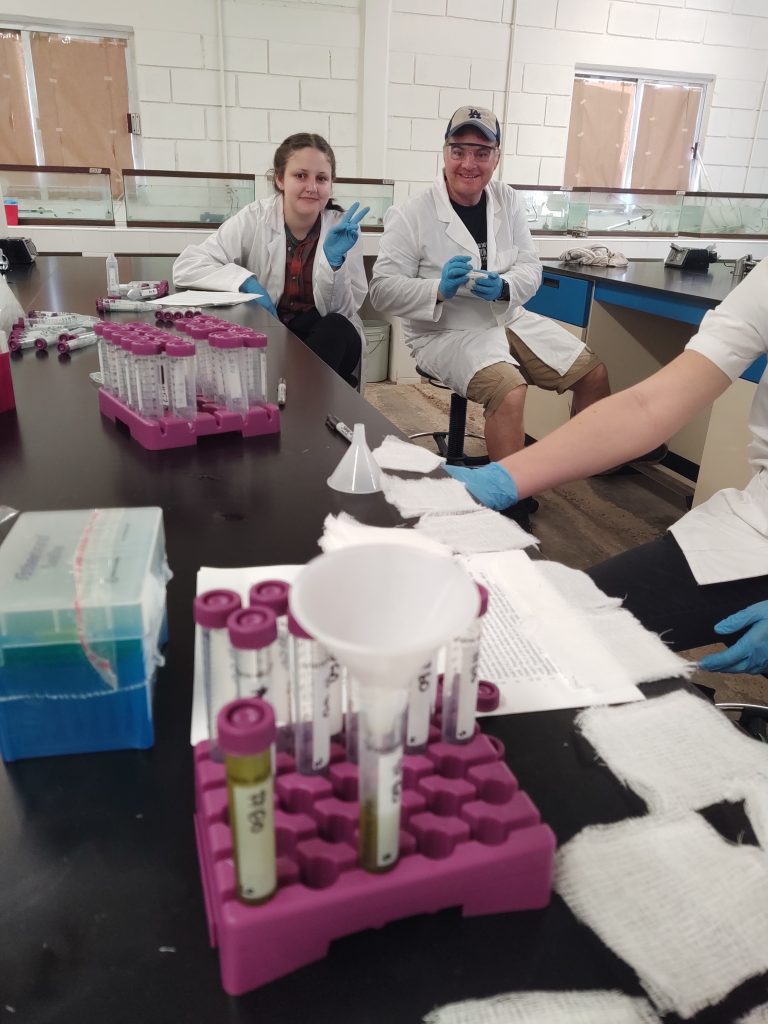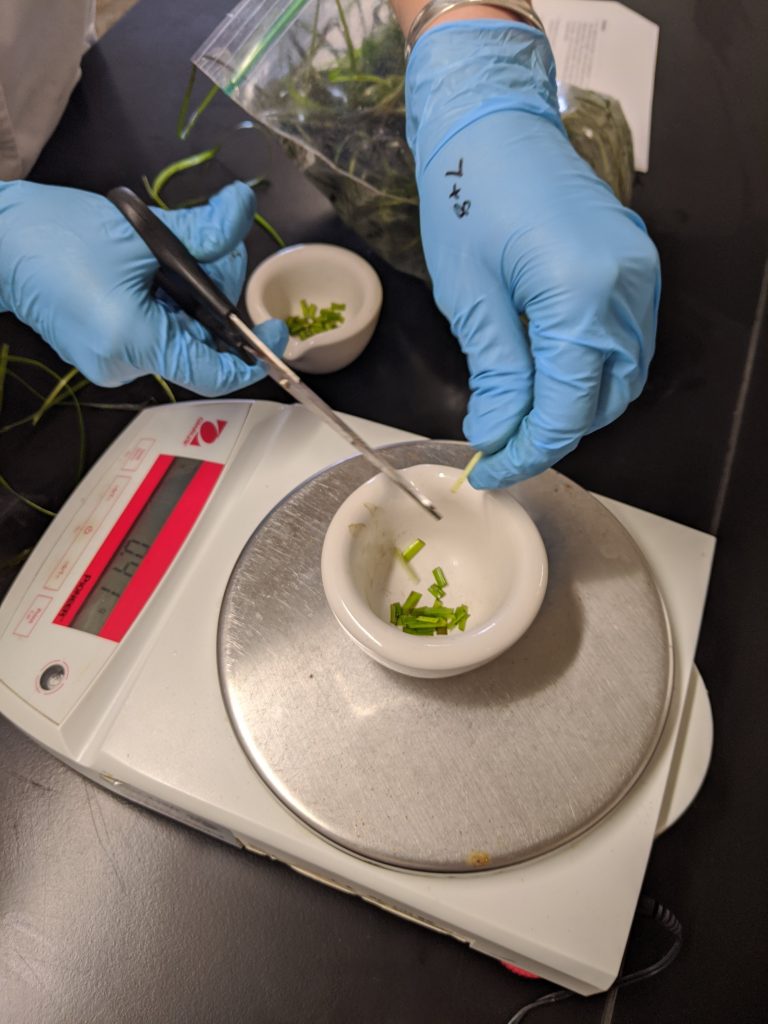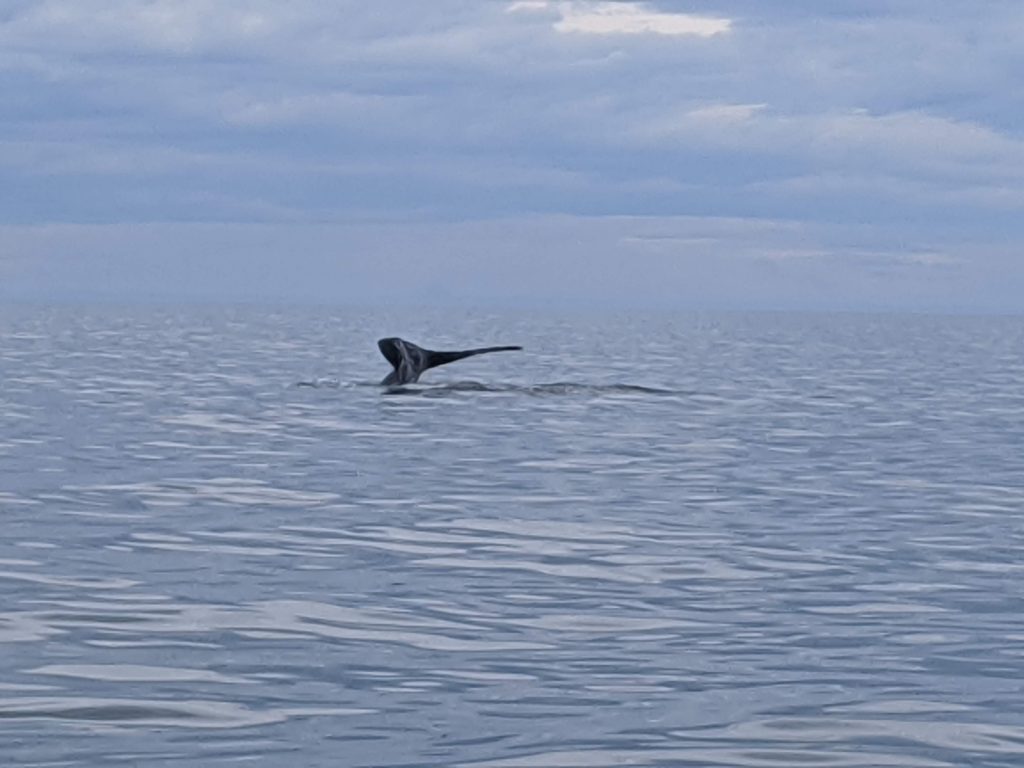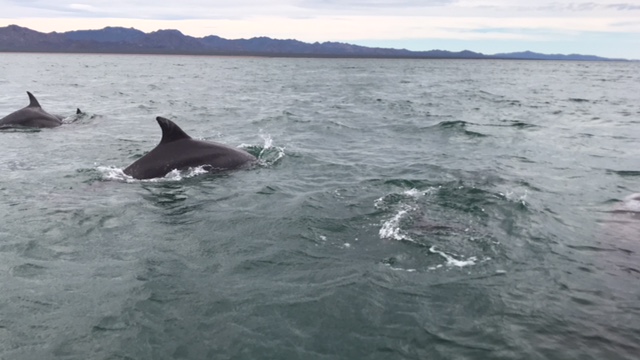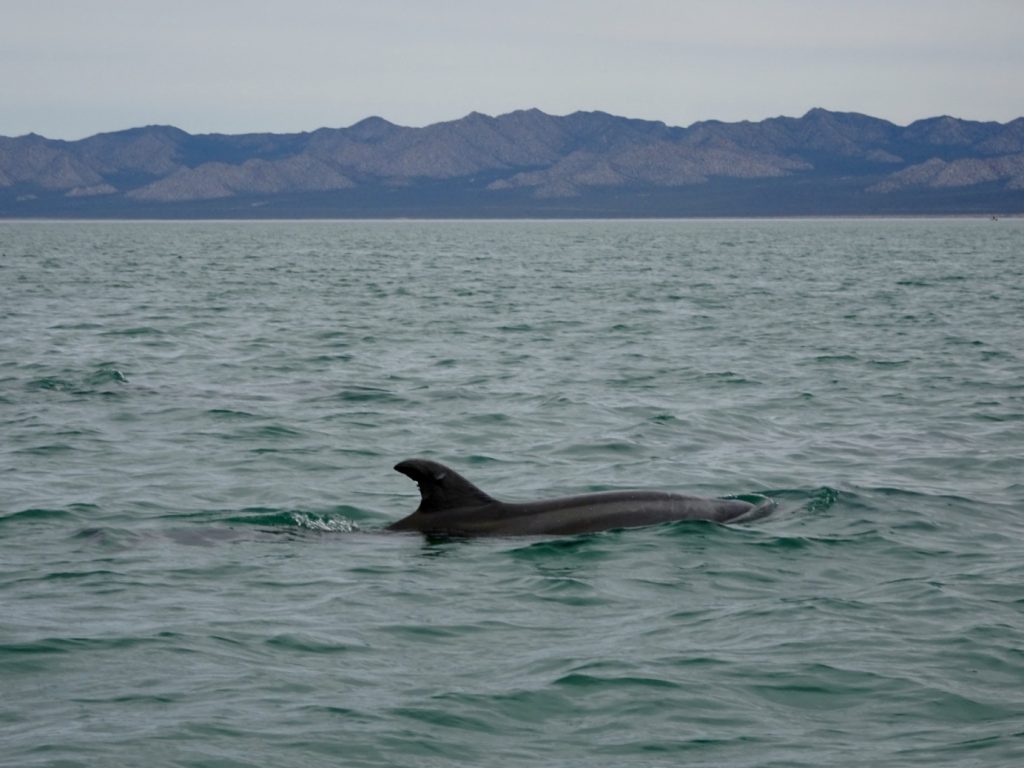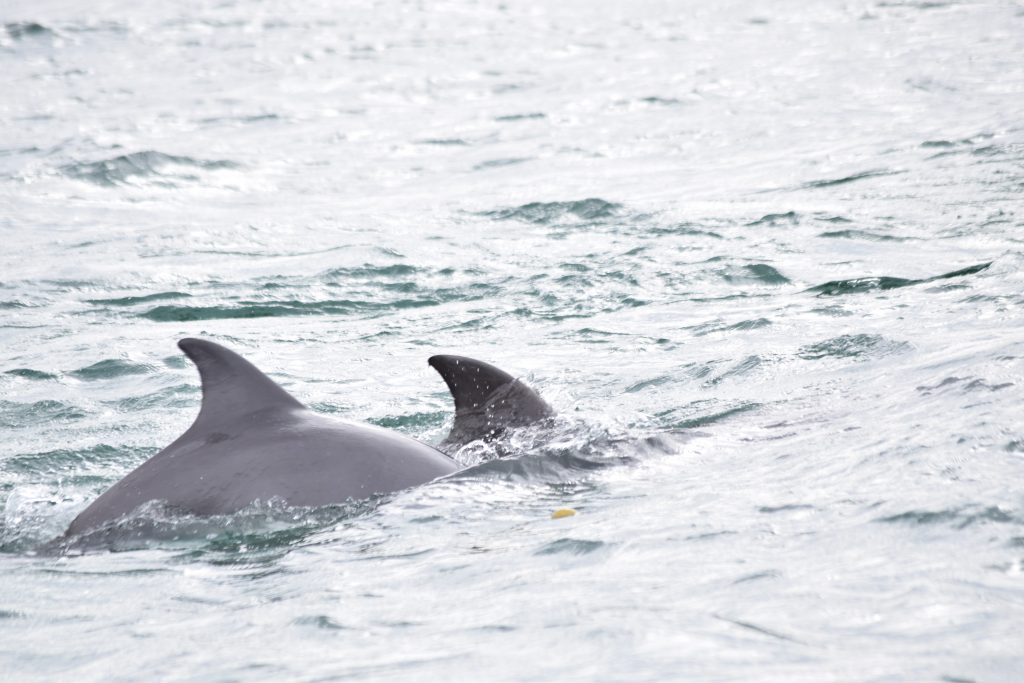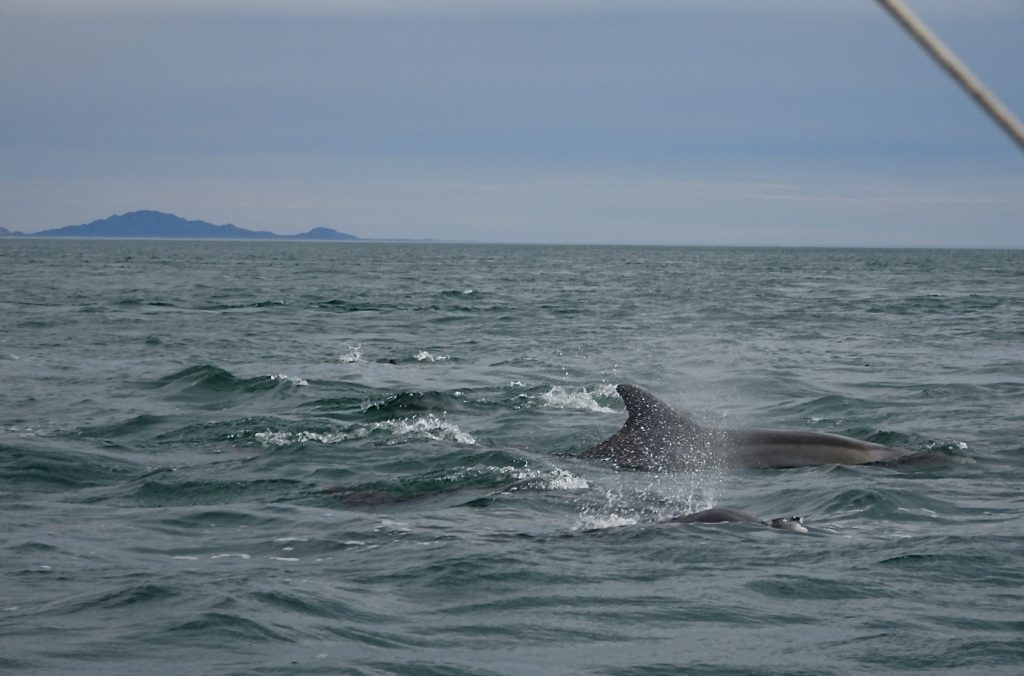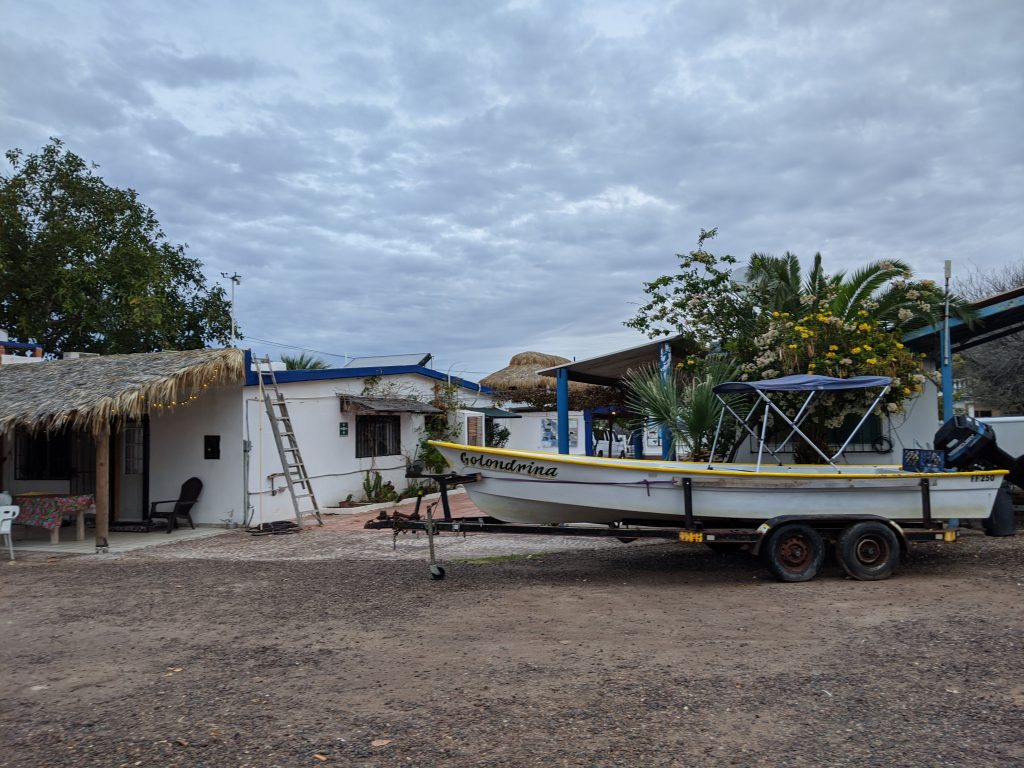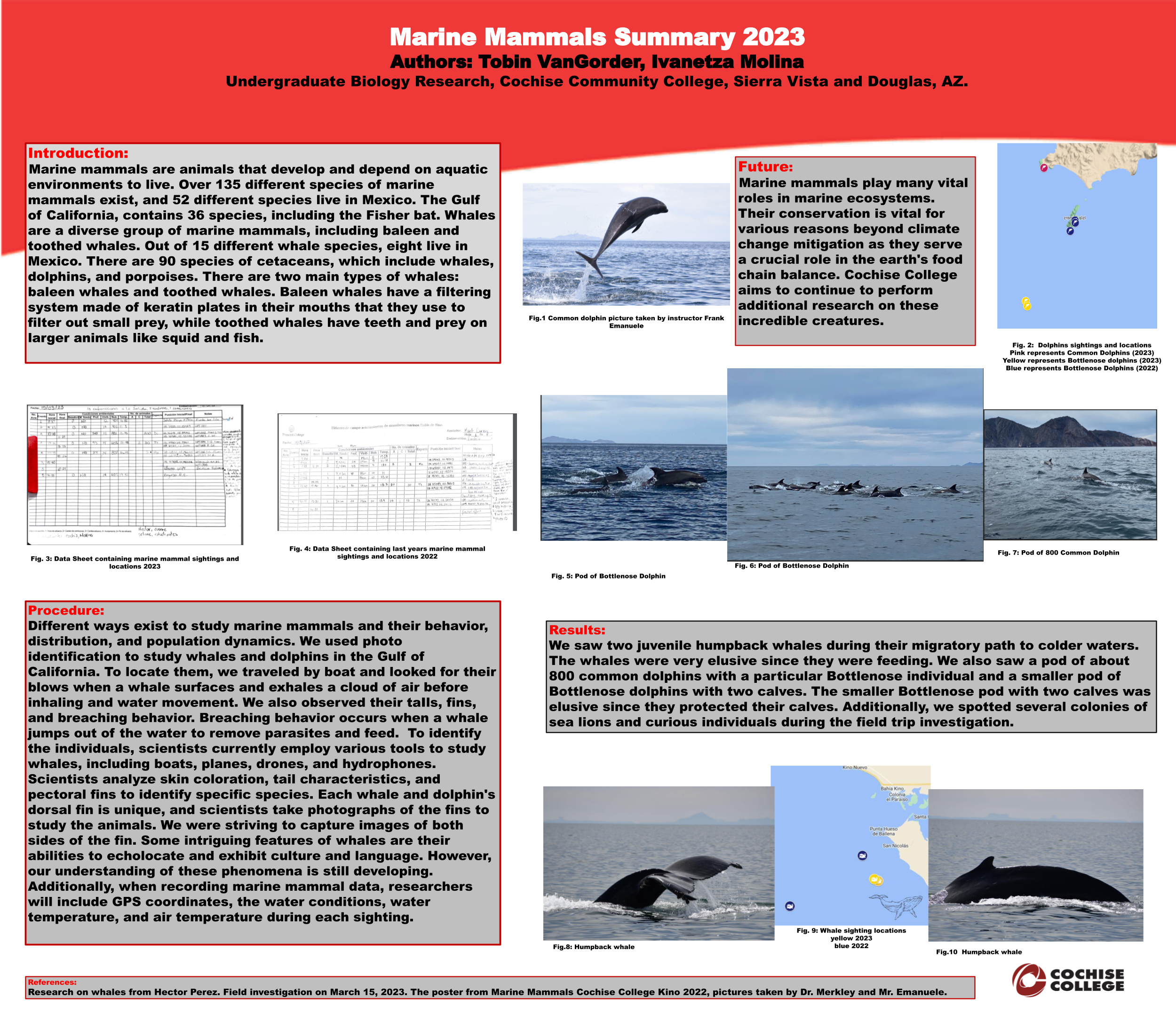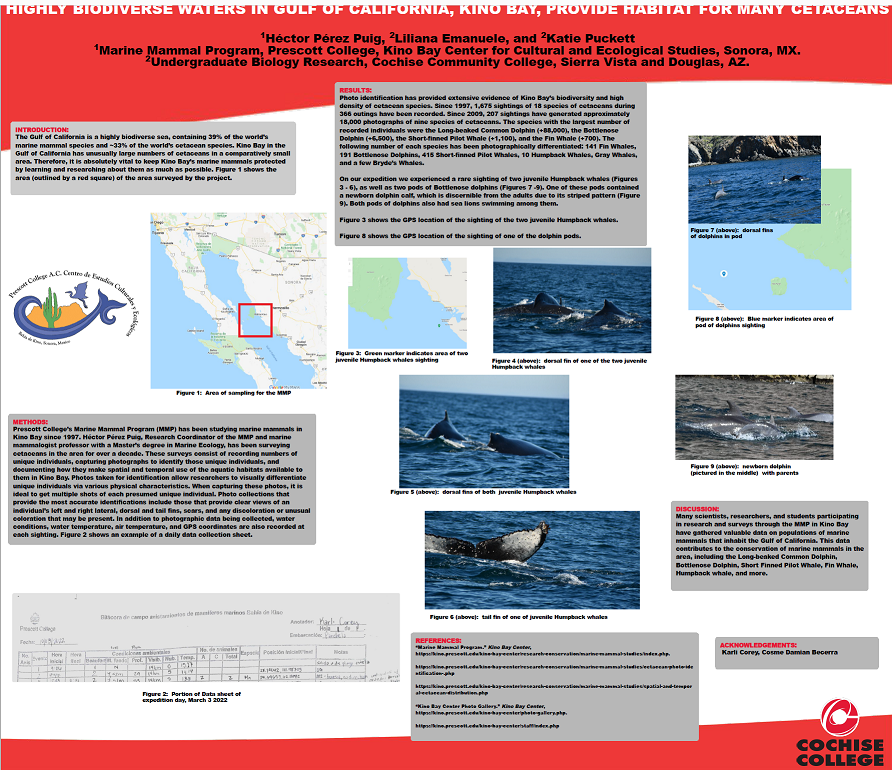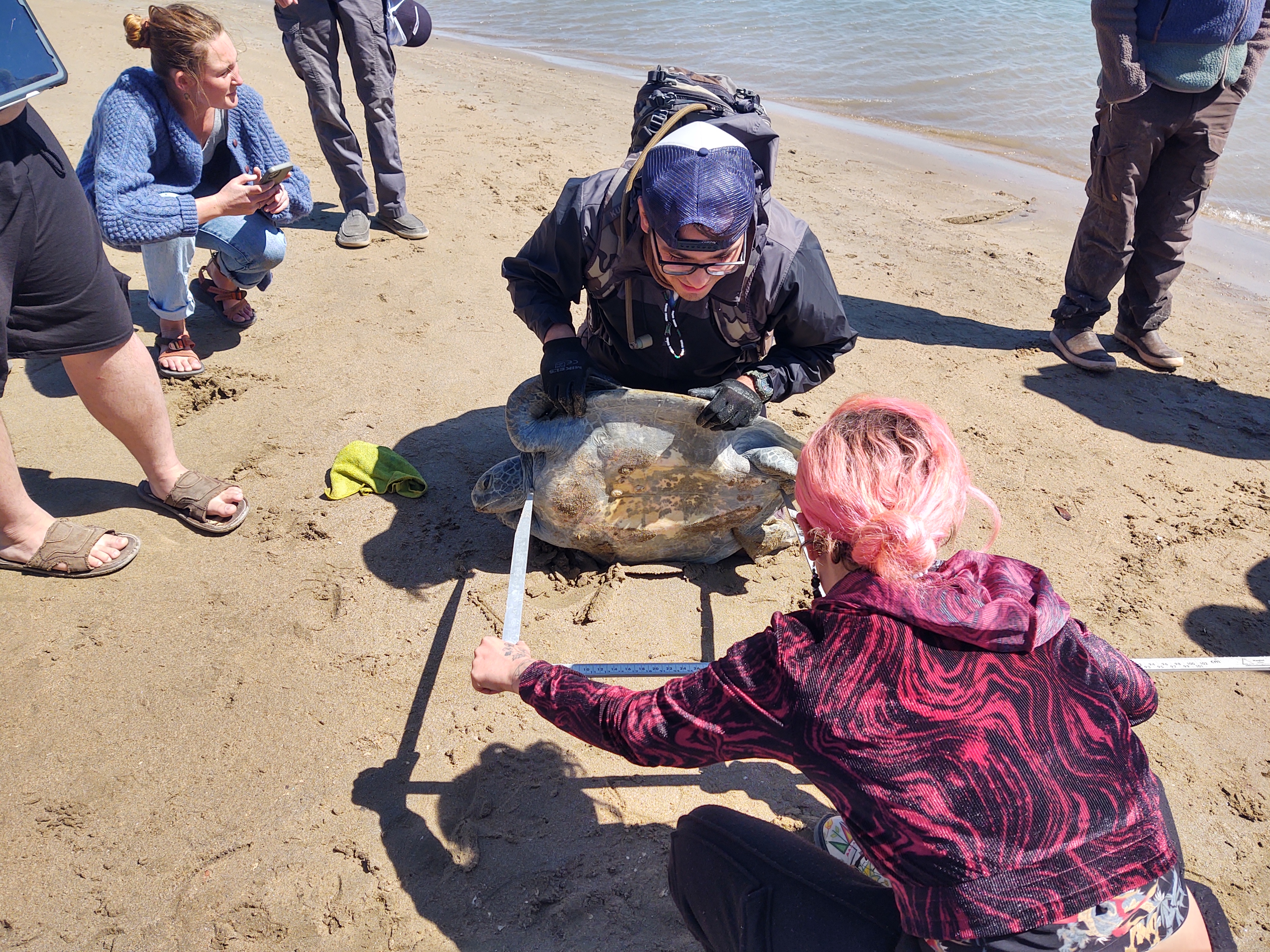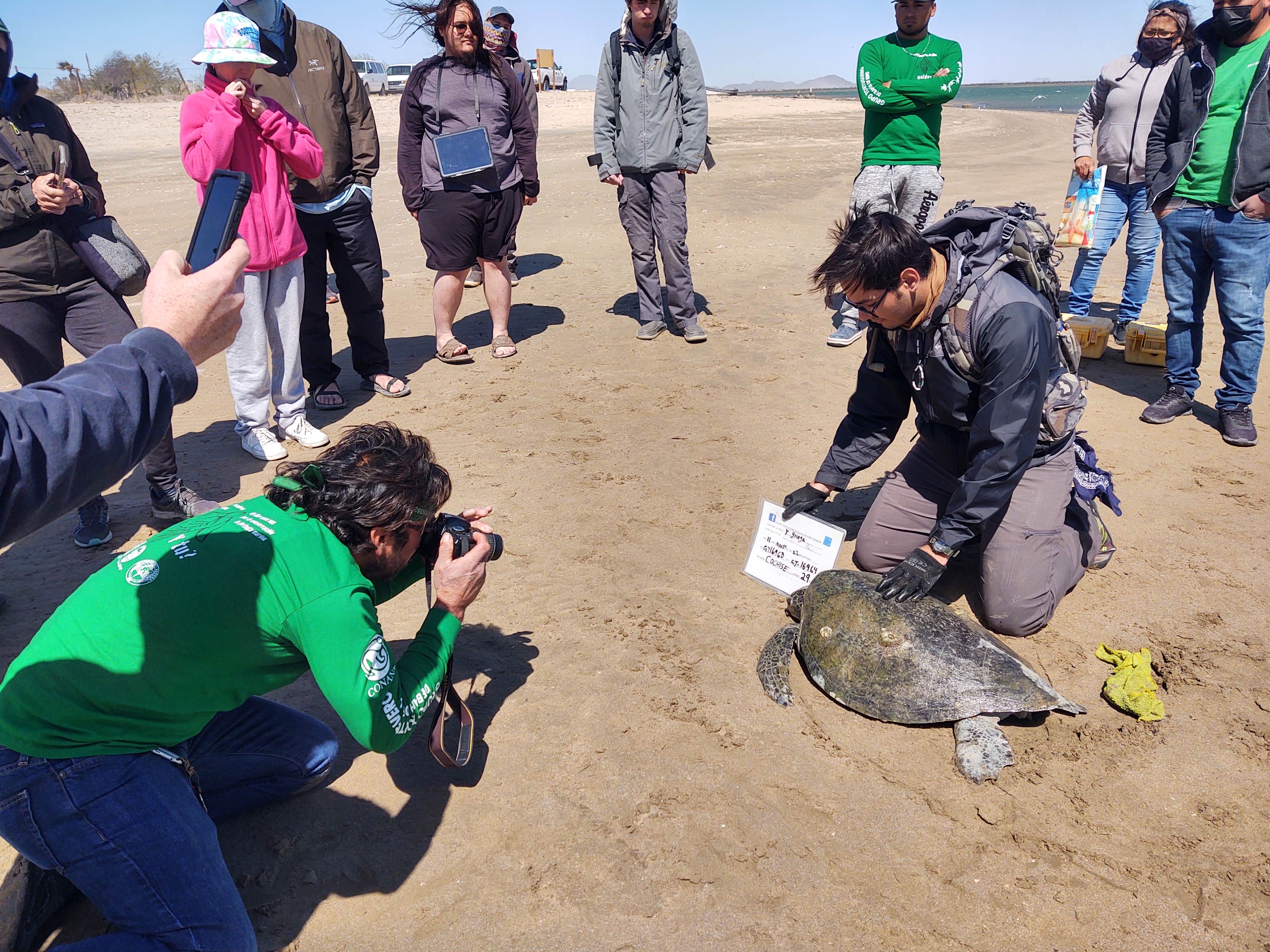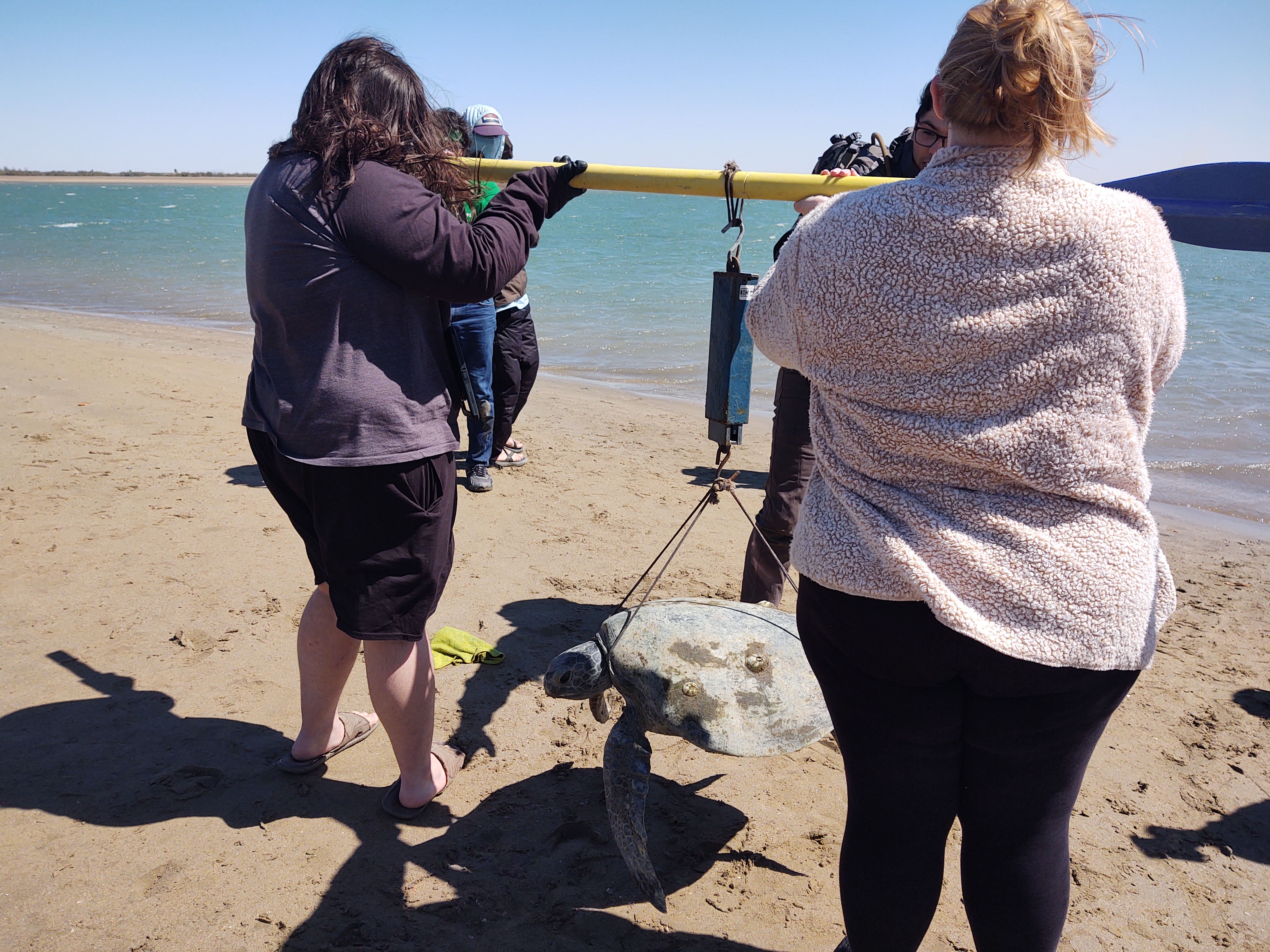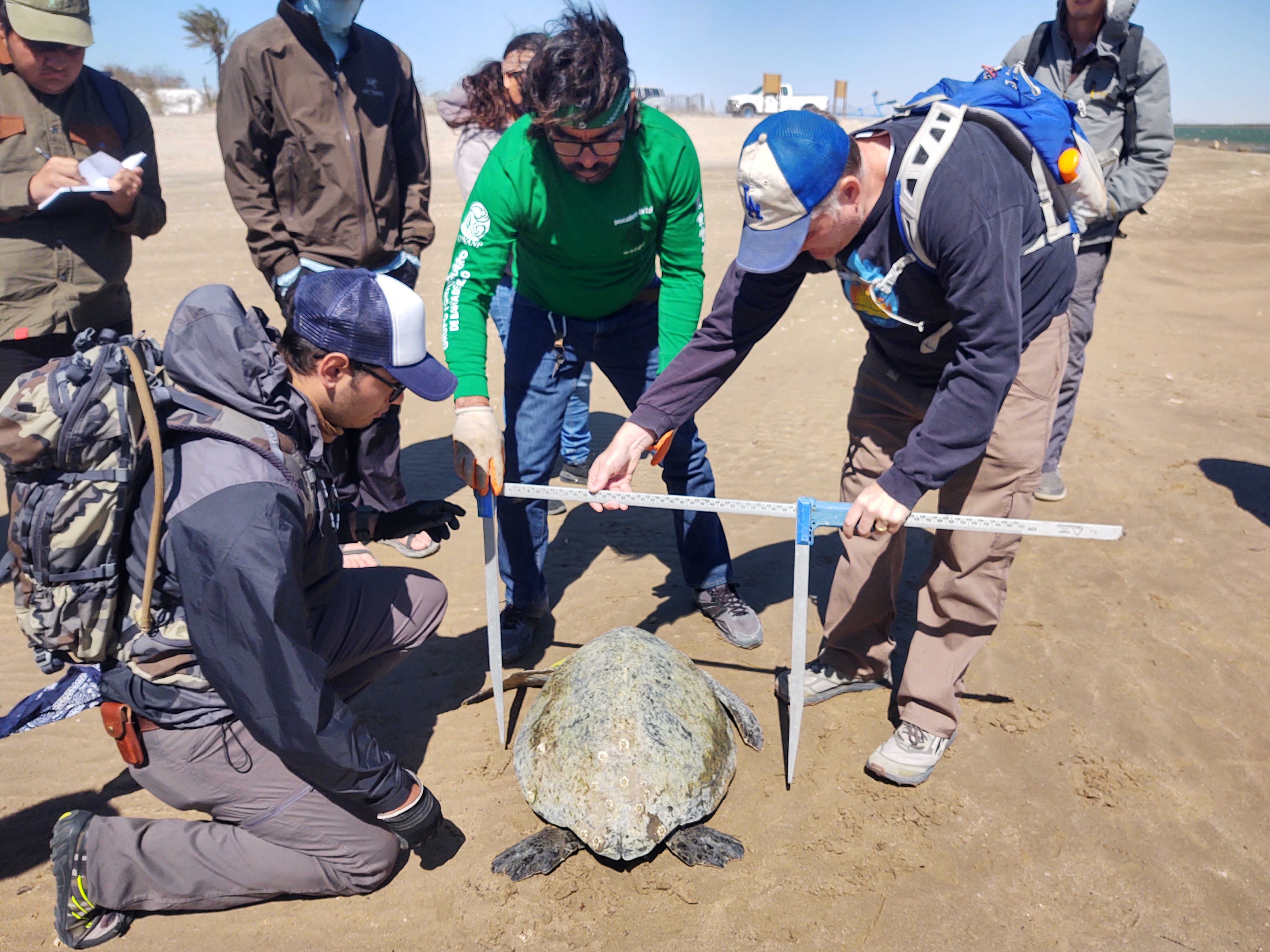Genetics and Bioinformatics Research Projects
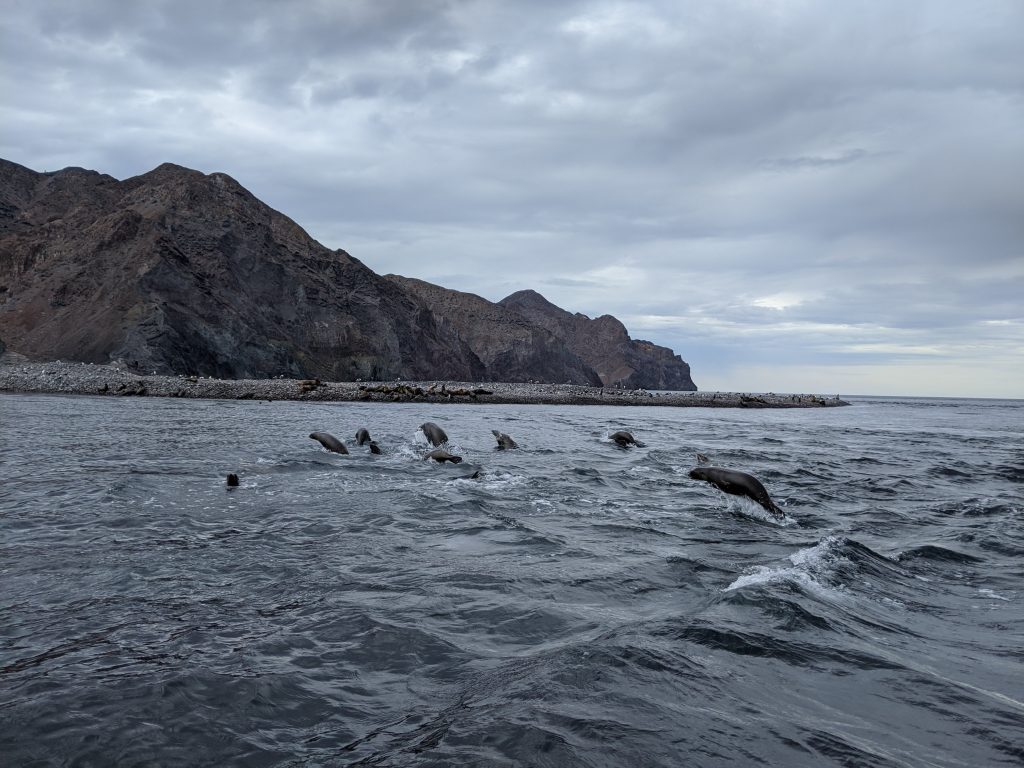
International & San Pedro River Genetics & Boinformatics Research Projects
Cochise College provides genetics and bioinformatics opportunities to students here in our backyard and abroad!
Genetics and Bioinformatics Projects involving the San Pedro River
As stated in our other pages, we have many research projects involving the ecology
of the San Pedro River. This section will describe how genetics and bioinformatics
research opportunities are involved in concert with these biodiversity and monitoring
projects.
DNA Forensics, Family Tree & Phylogenetics of Mammals
As stated in the San Pedro River Research section wildlife corridors, the San Pedro River serves as habitat corridor for many species. Along with the camera tracking, we will catalog locations of mammal tracks and scats along with the GPS coordinate. DNA is extracted from the scats collected, and using PCR technology we collect data that will determine the mammal and how related it is to other mammals in the region and throughout the continent. Cochise College has real-time and traditional PCR technology. PCR stands for Polymerase Chain Reaction, which is used to create thousands of copies of a specific DNA sequence using a “primer” sequence we provide as researchers. PCR technology is used throughout all kinds of biological research, such as medical research in COVID and other diseases, and biotechnology research to help with agriculture and various other fields. Cochise students will gain these skills through this research that they can use in ecological conservation like this one and a variety of other fields that use these genetic data.
Beaver Genetics Projects
Along with the beaver monitoring project led by the Watershed Management Group, we are working on various genetics research on the local beaver populations to help with their conservation. The goal is to accurately get a local picture of the population genetics of these beavers. This will help with accurate determination of the population numbers as well as their genetic relationships with the beavers throughout North America. Along with population genetics we have determined some of exact genera/species of the microbiota found in the local beaver population.
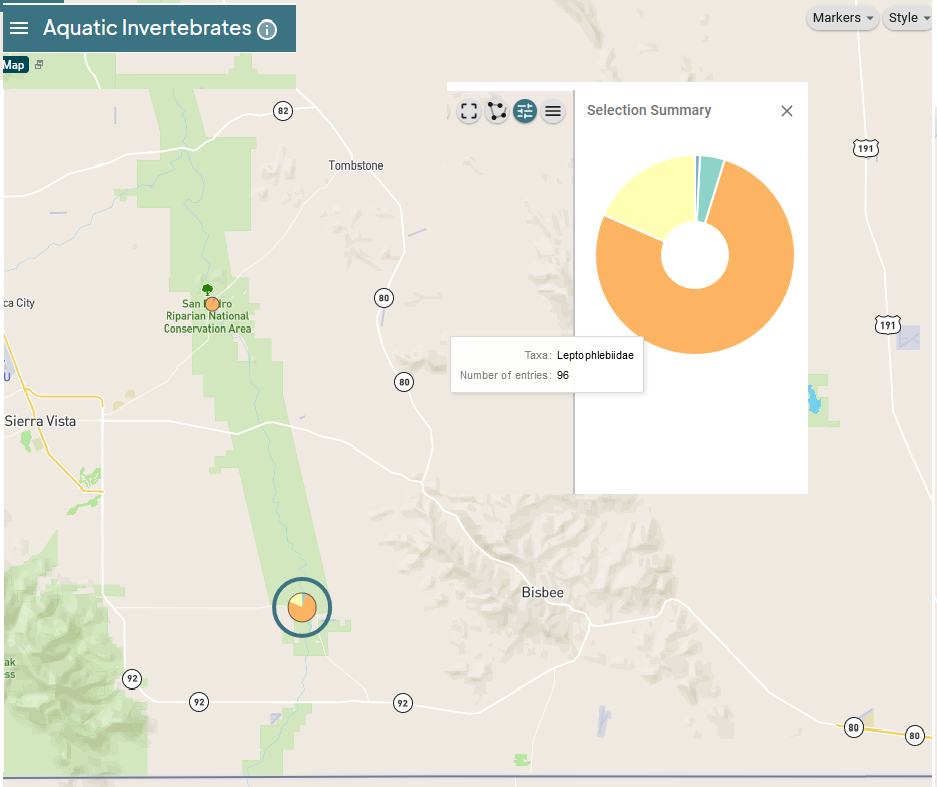
Bioinformatic Mapping & Family Tree Phylogenetics of freshwater Invertebrates
As stated in the San Pedro River Research section freshwater invertebrates, the San Pedro River serves as a unique food web involving freshwater communities. With this genetics project invertebrates that are collected during the biodiversity study will have their DNA extracted and using PCR amplification will help to determine the genetic “family tree” relatedness of the various freshwater invertebrates throughout the study sites of the San Pedro River.
Bioinformatics is the field of combining computer science data mining and programming techniques with biology research techniques to better ascertain many types and very large amounts of data. We will use many programming suites to help aggregate data to show relationships between time, biodiversity, location and eventually genetic relationships. Below is the current aggregation map of our freshwater invertebrate project.

Use of Genetic Sequencing to Determine the Identity of Black Flies
This poster below will be presented at the ASU SOLS (The School of Life Sciences) 29th Annual Undergraduate Research Poster Symposium on Friday, April 22, 2022. Click on the image below to open a full pdf of the poster.
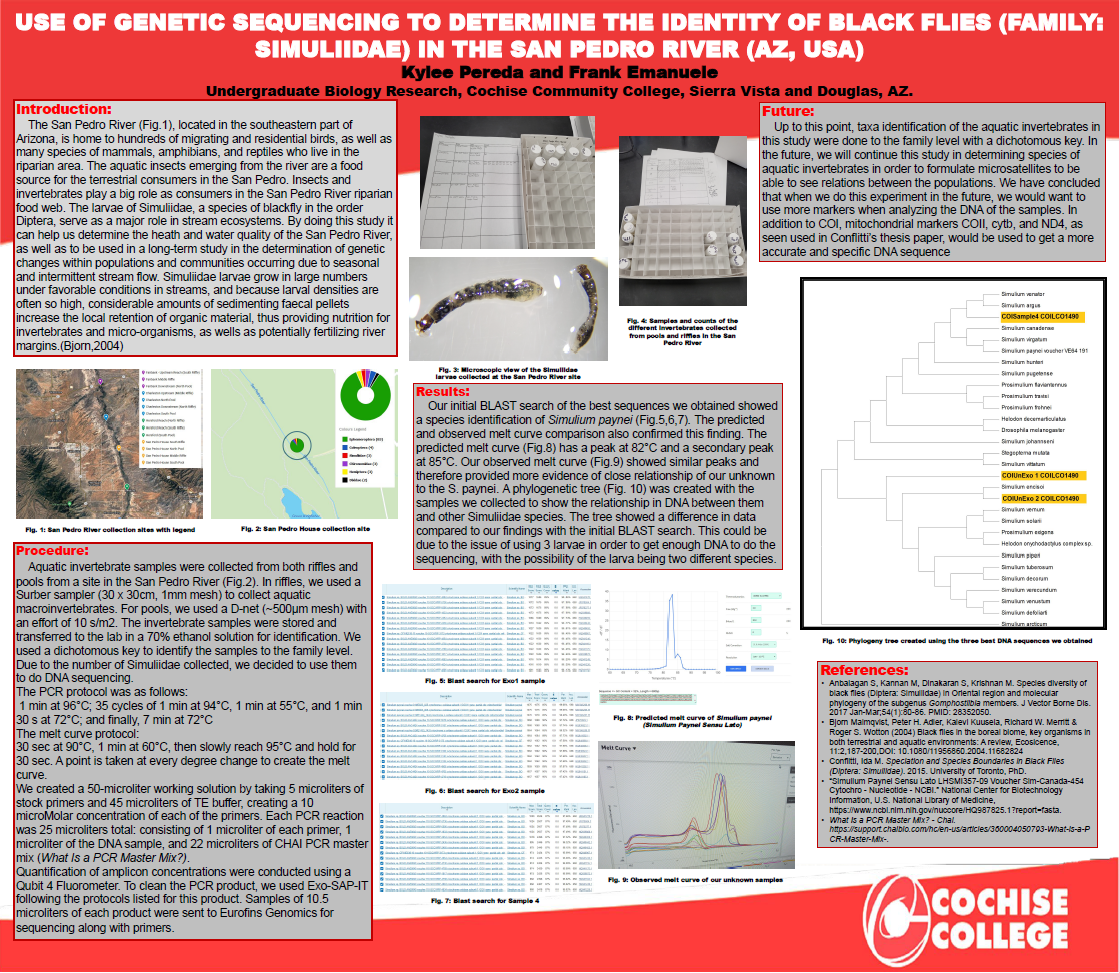
International & Marine Based Research in the Gulf of California
Since 2018, as part of our BIO192 course offered during Spring Break, Cochise College and Prescott College have collaborated at the Kino Bay Center for Cultural and Ecological Research (KBCCER) in Bahia de Kino, Sonora, Mexico. This collaboration has provided the following major research opportunities and experiences:
Evolutionary Genetics of Zostera Marina Atam
The Gulf of California provides a unique area for aquatic plants. Zostera marina, more commonly known as eelgrass, grows throughout the ocean marine shores of all major continents. However, in most regions of the Zostera marina is perennial plant flowering many times throughout the year, whereas in the Gulf of California it appears as an annual plant and may be a subspecies referred to the local indigenous Comcaac people as Zostera marina atam. Z. marina atam is a very important plant to the Sea turtle and other organisms of the Gulf of California ecosystem and culturally to the Comcaac. We are working to map the genome of this local subspecies and show its genetic uniqueness and show how various temperature sensitive genes are changing throughout our ongoing study. Cochise students along with Prescott faculty and students and the Comcaac, collect and process this eelgrass in Kino and continue the genetic analysis, with PCR (as stated above) and state of the art genetic sequencing. The genetic sequence we have uses nanotechnology to read the electrical patterns of each piece of DNA and provides the sequence and other metadata to help compare the genetics of this plant and all our genetics projects to our genetics databases throughout the world. Cochise students will get this experience that some students don’t get until graduate school in some institutions.
Zostera Project
International & Marine Based Research in the Gulf of California
Marine Mammal research
Researchers at the Kino Bay center study the biodiversity of marine mammals by photographing marine mammals found in the Gulf of California. Cochise students have the opportunity to see this research in action, where involved researchers identify specific marine mammals using their dorsal fins. Dorsal fins to marine mammals are much like fingerprints to humans as they have specific patterns that tell that individual animal’s story. Whales and dolphin families and individuals are tracked using the dorsal fin method. Various whale species will come from far distances to this unique area and this research helps to see the trends of how the varied marine mammals are using the Gulf of California ecosystem.
March 2022 Marine Mammal Findings
- Rare sighting of two juvenile Humpback whales
- Pod of 80 dolphins with newborn dolphin
The following poster will be presented at the ASU SOLS (The School of Life Sciences) 29th Annual Undergraduate Research Poster Symposium on Friday, April 22, 2022. Click on the thumbnail below to download a pdf of the full poster.
March 2023 Marine Mammal Findings
- Juvenile Humpback Whales — again! (rare)
- Pod of Dolphins
- 800 Common Dolphins
- Small group of Bottlenose Dolphins within the Common groups; The Bottlenose group had some calves
- Colonies of Sea Lions
March 2024 Marine Mammals Findings
- Pod of Common Dolphins with a Shrimp Trawler
- Project research and poster was presented on using AI to separate background noise from recordings of dolphins
Sea Turtle Conservation Collaboration
- Worked with Tortuguero Group of Bahía de Kino
- Award winning Sea Turtle Conservation Group
- Group captures, relocates, tags and releases sea turtles to monitor their location and movements throughout the Bay of California
- Students interacted with a recaptured turtle and new capture
- They helped measure and weigh the turtle
- Tortuguero Group of Bahía de Kino honored us by naming the new turtle Cochise





